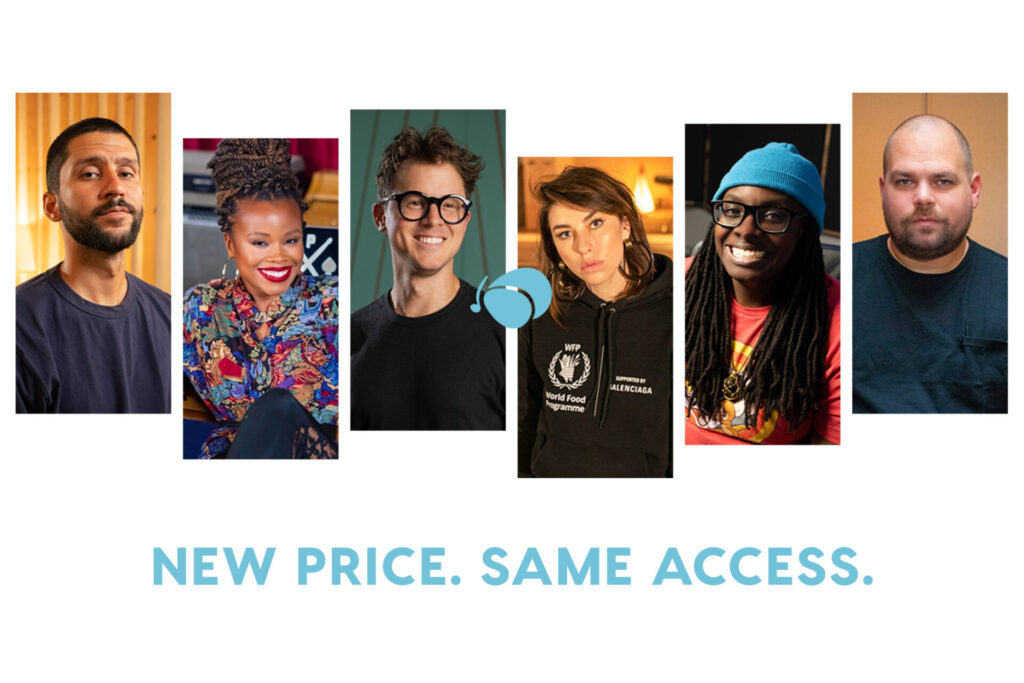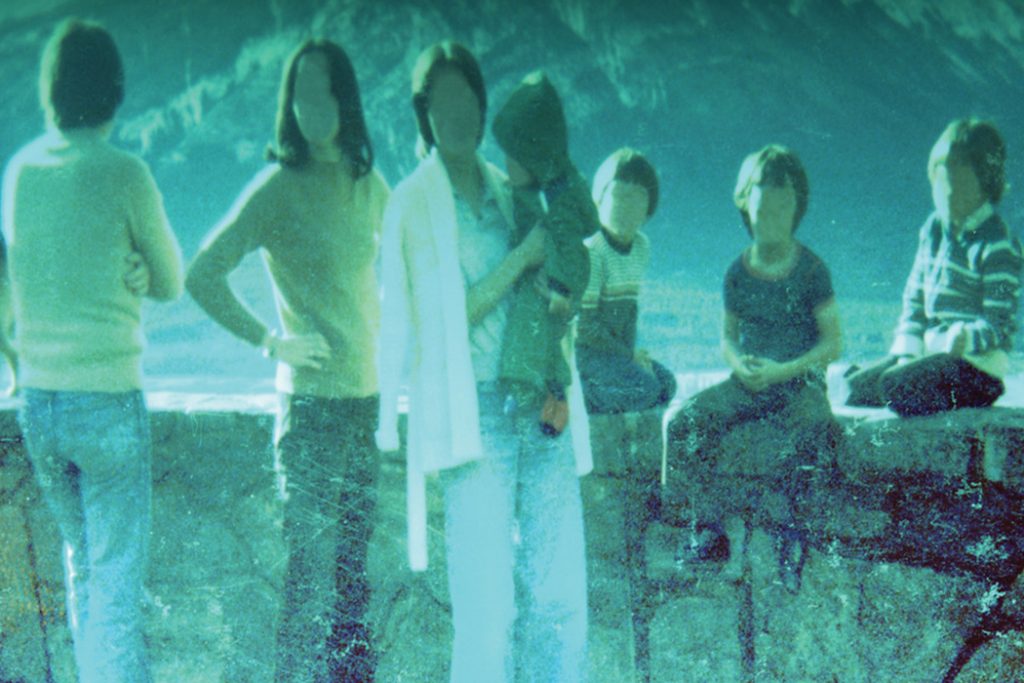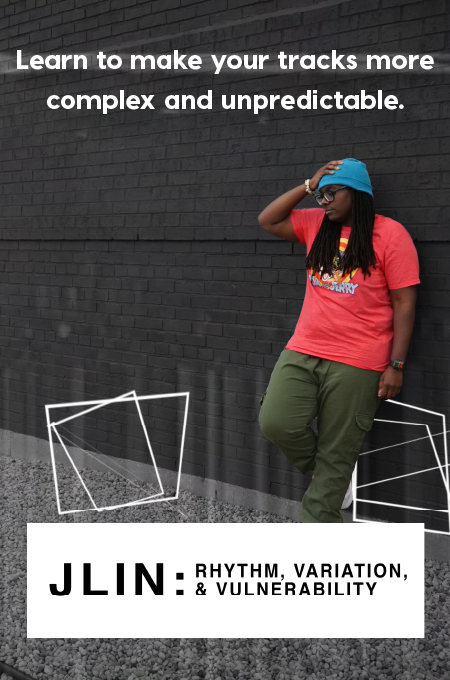+ Producers, Synth Heads and Sci-Fi Nerds, our new course with synthwave pioneer, Com Truise: Mid-Fi Synthwave Slow-Motion Funk, is out now!
The Scottish duo of Michael Sandison and Marcus Eoin known as Boards of Canada is one of the most influential production teams in electronic music history. The sounds they conjure from their synthesizers and samplers are nothing if not evocative: of half-remembered childhoods, warbly analog recording mediums, reality-bending psychedelic experiences, and so on.
Their now-classic debut, Music Has the Right to Children, contrasted starkly with the clinical, busy, and hyped sounds of 1990s techno. In retrospect, whole genres such as chillwave and lo-fi rap would sound vastly different without having been able to walk the trails laid down by Music Has the Right to Children and Boards of Canada’s other releases.
Just like any genre, electronic production has its virtuosos that we can study and learn from. In this article, we’re going to approach Sandison and Eoin’s sound in three ways.
First, we’ll look at what they actually do while recording and composing, which is interesting in its own right. Second, we’ll survey what kind of software is available to help you quickly approximate that sound. And finally, we’ll explore how to create some of their signature sounds from scratch using simple and inexpensive software.
But first, here’s a handy explainer from our YouTube channel on how the oscillators and waveforms work in your synth, and how this knowledge can help you design custom patches for any imaginable sound!
Authentic Degradation
Firstly, the consensus among considerable and devoted fans of the group is that the Roland SH-101, Yamaha AN1x, and the Akai S1000 are the most likely hardware cornerstones of the pair’s sound. Beyond reliance on these units to generate sound, the recording platforms are also key.
In several interviews, Sandison and Eoin reveal how they love using old reel-to-reel, four-track, and cassette tape machines as pseudo-preamps to impart a certain sound. The aim was to drive the inputs on this old tech and harness its audio downsampling, imprinting a sense of nostalgia and decay right into the tracking process of the recording.
To return to the Akai S1000 briefly: The band has also stated that many of their most-loved sounds aren’t generated by synths at all, but rather by samplers. Part of their creative process revolved around recording actual sources — everything from live instruments to field recordings — and then purposely trying to mangle it beyond recognition with the sampler and tape machines.
What results are those characteristic Boards of Canada sonic artifacts: fluctuating pitches, irregular timbres, and analog tones.
This is a great reminder to all of us that sometimes closing the laptop and reaching for our microphone can help our electronic productions to no end. We shouldn’t be afraid to turn those familiar sounds we get from our instruments into something unfamiliar and other-worldly, to seek new ground.
+ Enjoy access to Soundfly’s suite of artist-led music learning content for only $12/month or $96/year with our new lower price membership. Join today!

Software Simulations
Not all of us have access to the kind of gear that the Boards are rocking. As usual though, we can find some good digital approximations on the internet. One of my absolute favourites is James Peck’s VHS Audio Degradation Suite. It provides emulations (with optional speaker simulation) of old video tape audio playback, based on machines in various states of disrepair. If anything digital is going to get you even close to Boards of Canada’s bevy of broken-down gear, this is it.
While it’s free, it only works through Native Instruments’ paid Reaktor 6 soft synth platform. If you don’t already have that, you can try it out for 30 days.
Another great set of tools comes courtesy of Goodhertz. Tools like their Faraday Limiter and Lossy will help you approximate some of the preamp sounds Boards of Canada use. The standout from this company, however, is the Vulf Compressor. Made in collaboration with and named after the sensational retro-funk weirdos Vulfpeck, this paid plugin aims to emulate the vinyl simulation compression of the Boss SP-303 Dr. Sample.
This unit was and is crucial to the workflows of lo-fi beat makers such as Four Tet, Madlib, and the late J Dilla.
This thing sounds fantastic and will definitely help you get in the sonic ballpark of Boards of Canada.
If you can’t use VHS, it’s likely your DAW has some kind of tape emulation or saturation plugin on hand. If not, FerricTDS is a good free option for PC users, as is Diabolique. Mac and PC users can both check out Klanghelm’s IVGI.
The Secret Key to the LFO
In addition to plugins like the above, there are many software instruments and patch libraries that will provide you with ready-made approximations of that coveted Boards of Canada sound. These will no doubt be valuable to some, but I’m a believer in DIY production: You get way more financial and personal value from learning the process yourself rather than using a tool where it’s hidden away from you under the hood.
One of the keys to obtaining this sound is fluctuation. Drive your synth sound through a piece of hardware or a plugin until you can hear the warmth and compression. Then place a regular old EQ on your chain, high-passing at 120Hz and low-passing around 6kHz. This will give you that blunted, warm sound. Then, in whatever soft synth you’re using, start firing up your LFOs (low frequency oscillators).
Set them to a moderate speed and depth (nothing crazy, we’re going for chill vibes) and start routing them to various settings.
The core of Boards of Canada’s synth sound is motion. By chaining LFOs to settings like oscillator pitch, frequency cutoff and pulse-width, your flat-sounding waves will have life breathed into them. Judicious use of the filter is also essential. Experiment with the frequency position of a low-pass or a band-pass filter — using this you’ll be able to accentuate the midrange and further emphasize that nostalgic feeling.
To see many of these techniques in action, plus more, I’ve created a short vignette in Ableton Live using stock instruments and plugins. If you don’t have access to Ableton, I can recommend Helm, Synth1, and the free products from Togu Audio Line as good starting points for your synth adventures. Happy LFOing!
Don’t stop here!
Continue learning with hundreds of lessons on songwriting, mixing, recording and production, composing, beat making, and more on Soundfly, with artist-led courses by Kimbra, Jlin, Kiefer, RJD2, Ryan Lott, and of course, Com Truise: Mid-Fi Synthwave Slow-Motion Funk.




